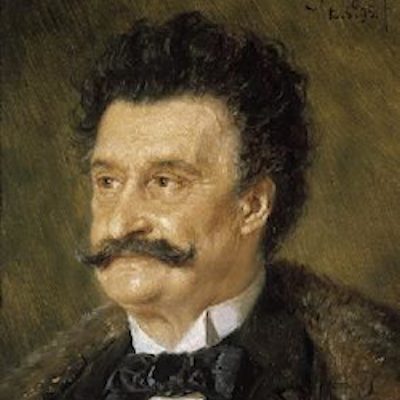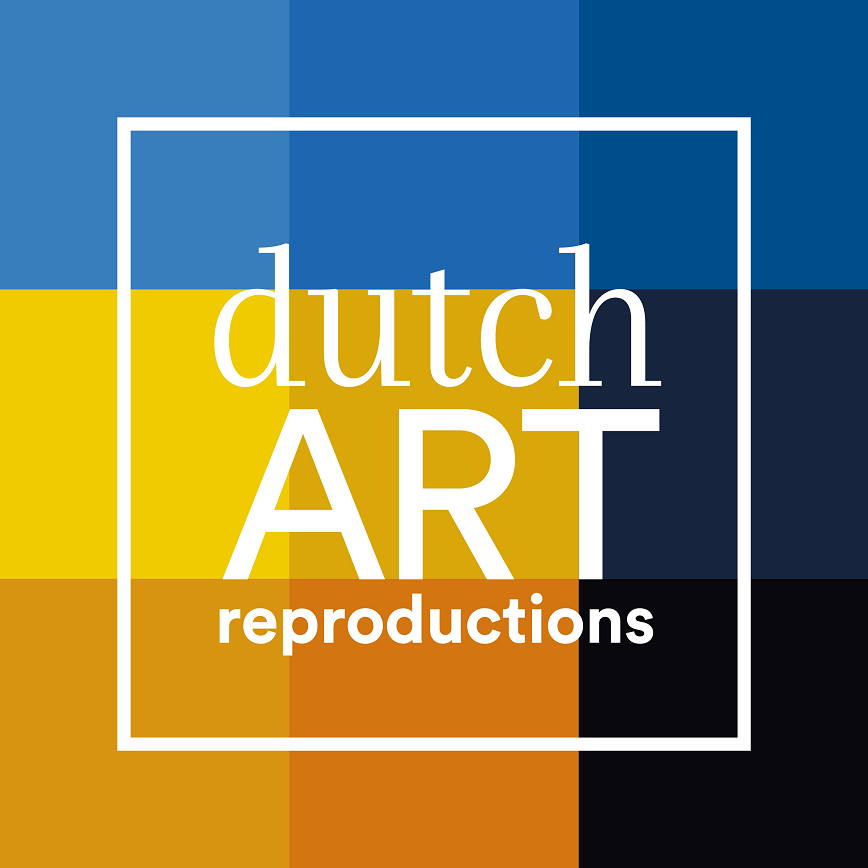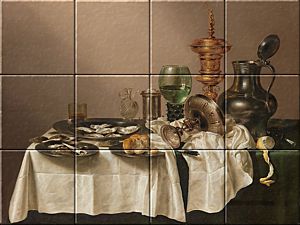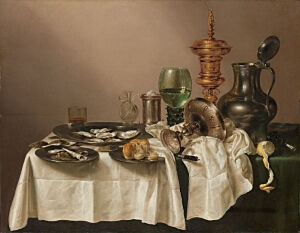We use cookies to make your experience better. To comply with the new e-Privacy directive, we need to ask for your consent to set the cookies. Learn more.

Willem Claesz. Heda
Shop now
Willem Claesz. Heda is a painter from the Dutch Golden Age who specialized in painting still lifes. Heda married Cornelia Jacobsdr on June 9, 1619. Heda also played an active role in the Guild of Saint Luke. His name first appears on the Guild scrolls of 1631, the year he assisted Salomon de Bray (1597–1664) in a reorganization.
Heda was elected dean in 1642 and 1652 and was chief in 1637, 1643 and 1651. Early in his career, Heda produced several figure paintings, but almost all of his well-known works are still lifes, the earliest dated copy of which is a "Vanitas" from 1621.
His most characteristic works are subdued compositions of glass and metal vessels. They are delicately arranged on a table with oysters, a half-peeled lemon, or other motifs. They show his preciseness in design, and skill in imitating the varied qualities of different light reflecting surfaces. Its color range consists of subdued silver gray, golden yellow and brown, with natural effects achieved through accurate tonal values.
Although Heda painted some portraits and figurative compositions, Heda specialized in still lifes. He was without doubt one of the greatest masters of this genre.Like his early vanitas still lifes show, Heda was influenced by the Haarlem painter Floris van Schooten (active c. 1617–1655). His breakfast pieces - tabletop still lifes with a variety of foods, including cheese, fruit and bread - are in line with the tradition of the early seventeenth century.
The Haarlem historian Theodorus Schrevelius wrote that Heda painted 'fruit and all kinds of trinkets' in the same style as Floris van Dyck (1575–1651). Heda's paintings evolved from additive compositions to monumental, monochrome breakfast and banquet pieces, using delicate brushstrokes that vividly brought to life a wide variety of materials and textures. The motifs show his precise design and his ability to imitate the varied qualities of different light reflecting surfaces.
His color palette consists of silver-gray, golden-yellow and brown, with natural effects achieved by accurate tonal values. Heda was, together with Pieter Claesz, the most important still life artist in Haarlem until well after the middle of the century.


